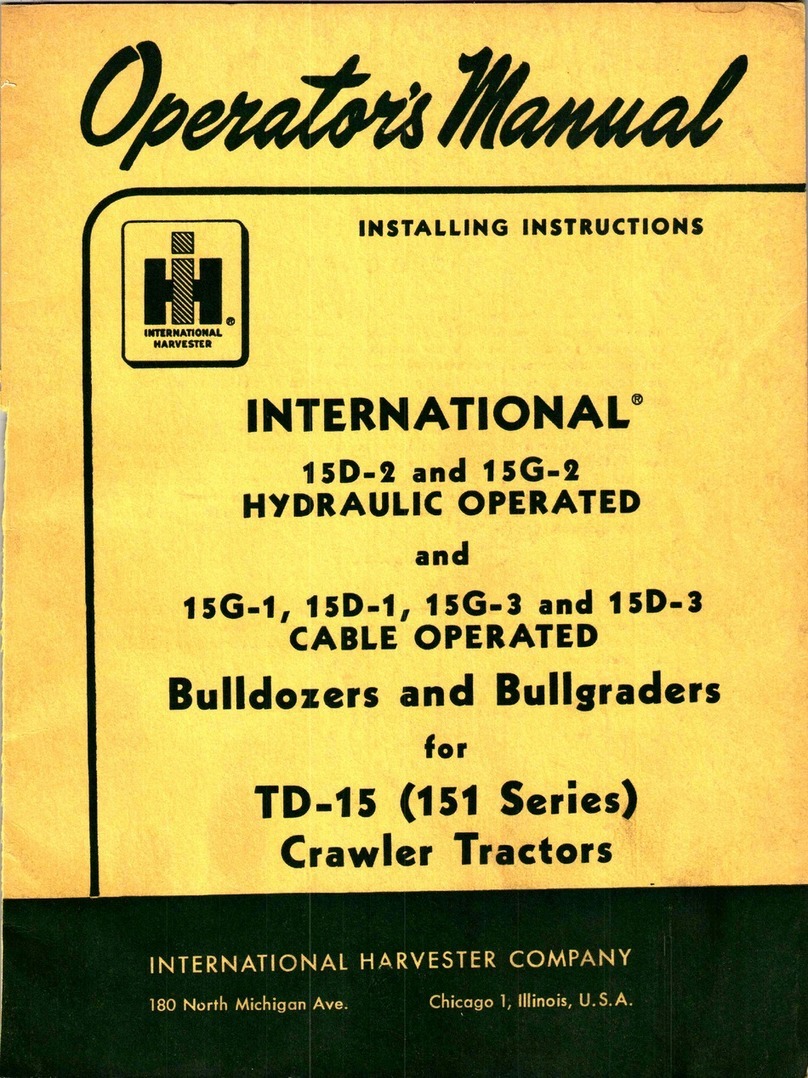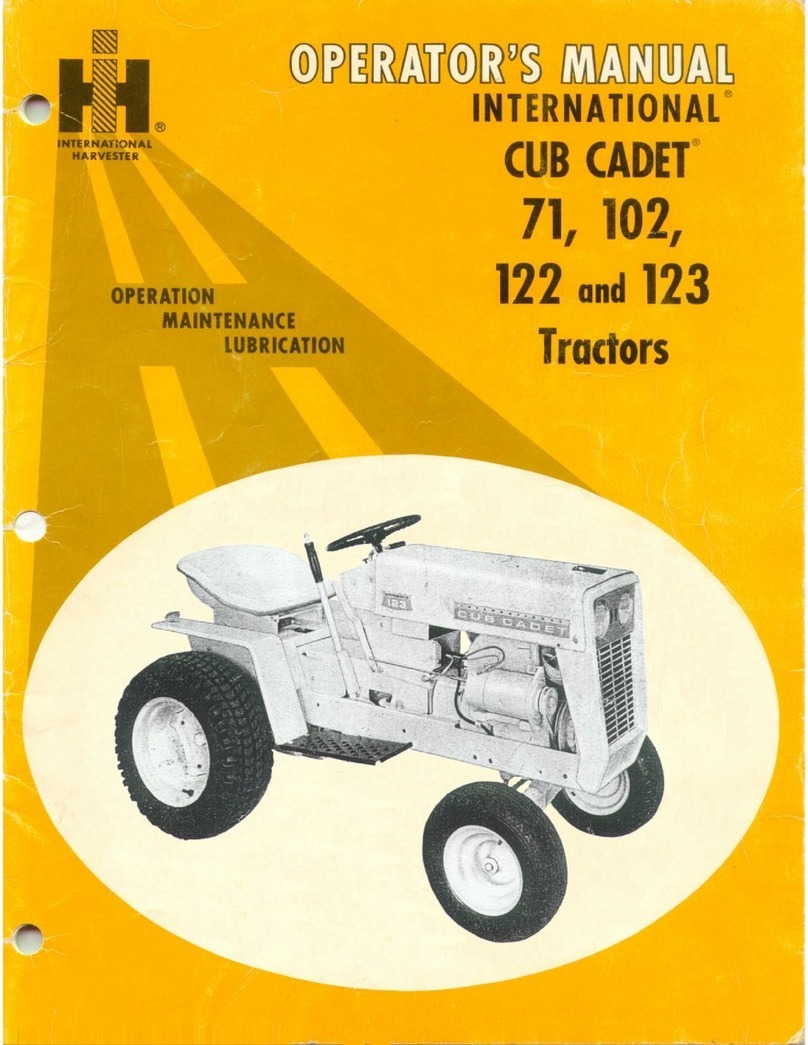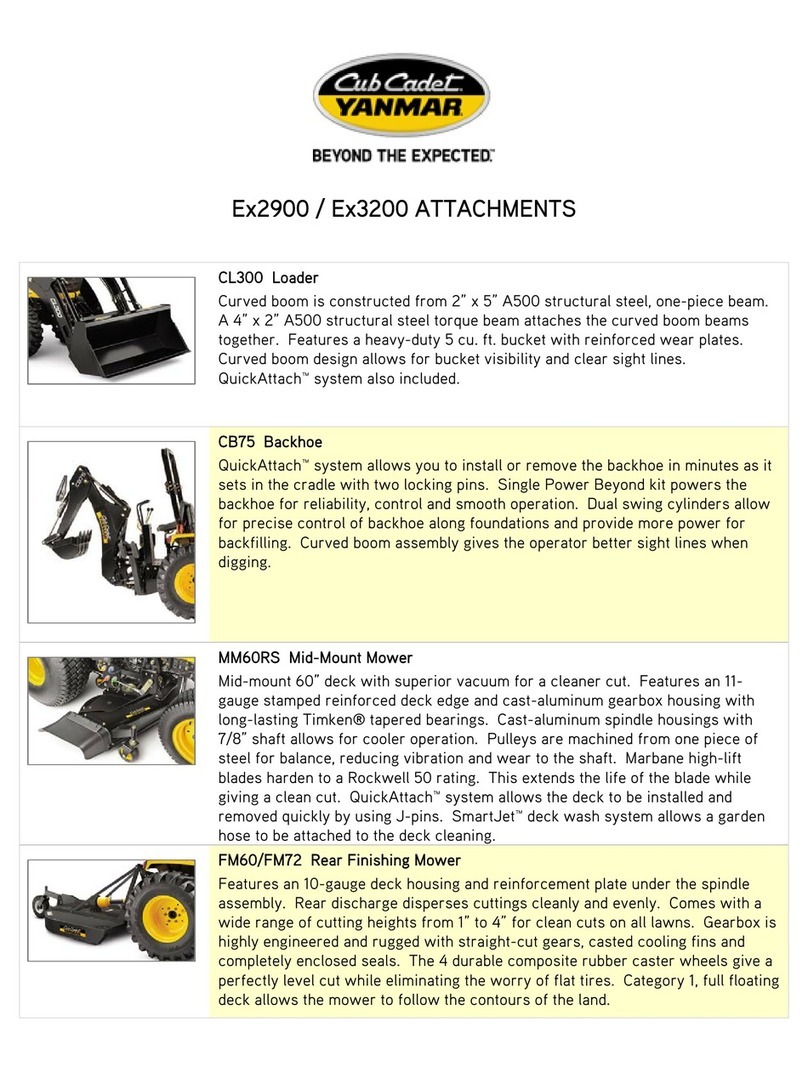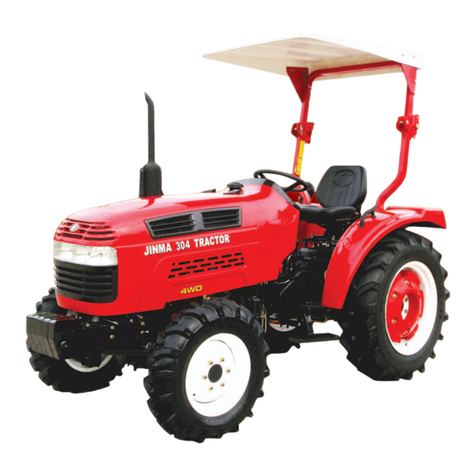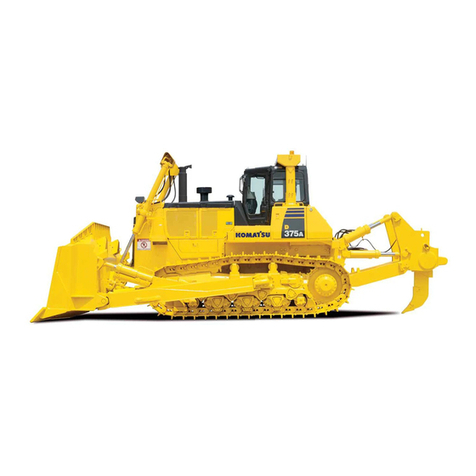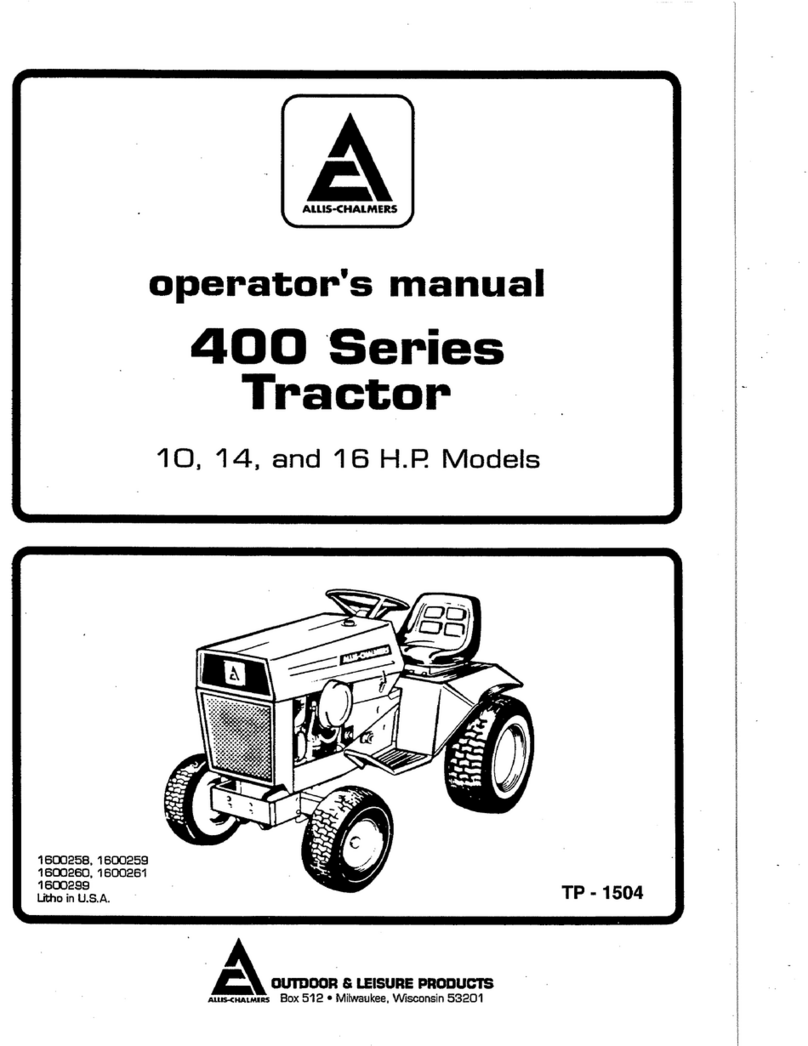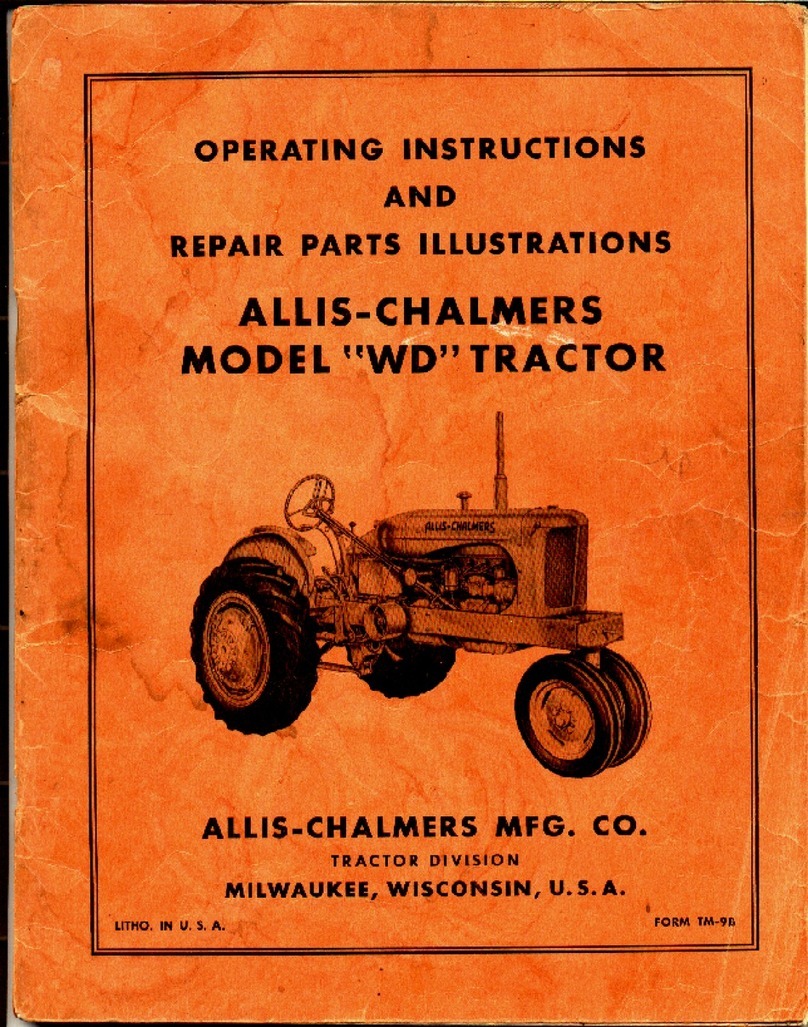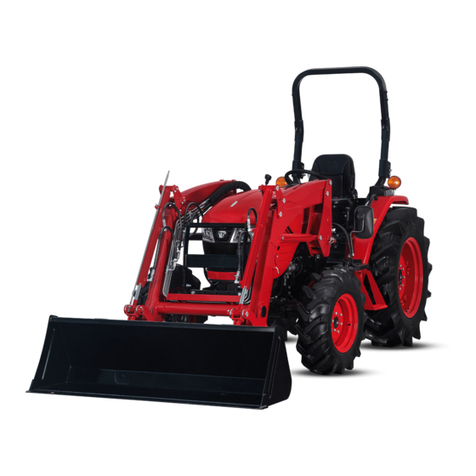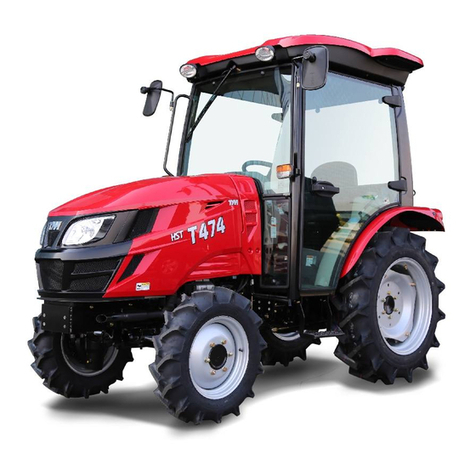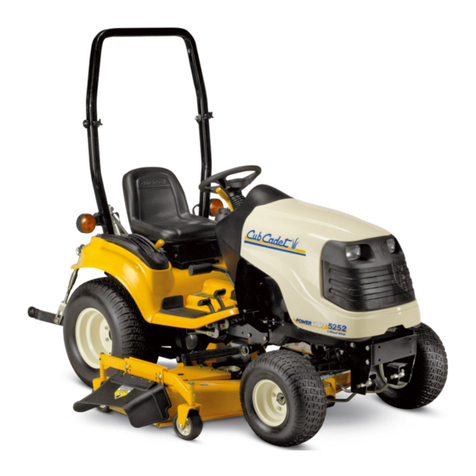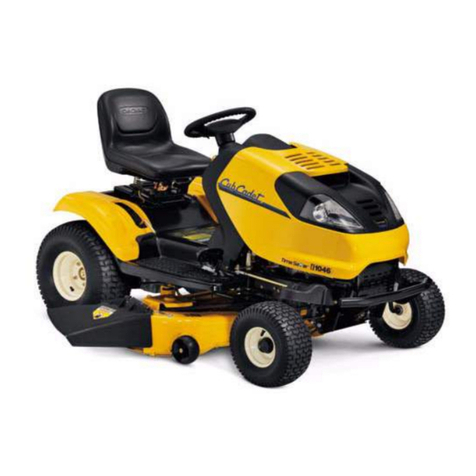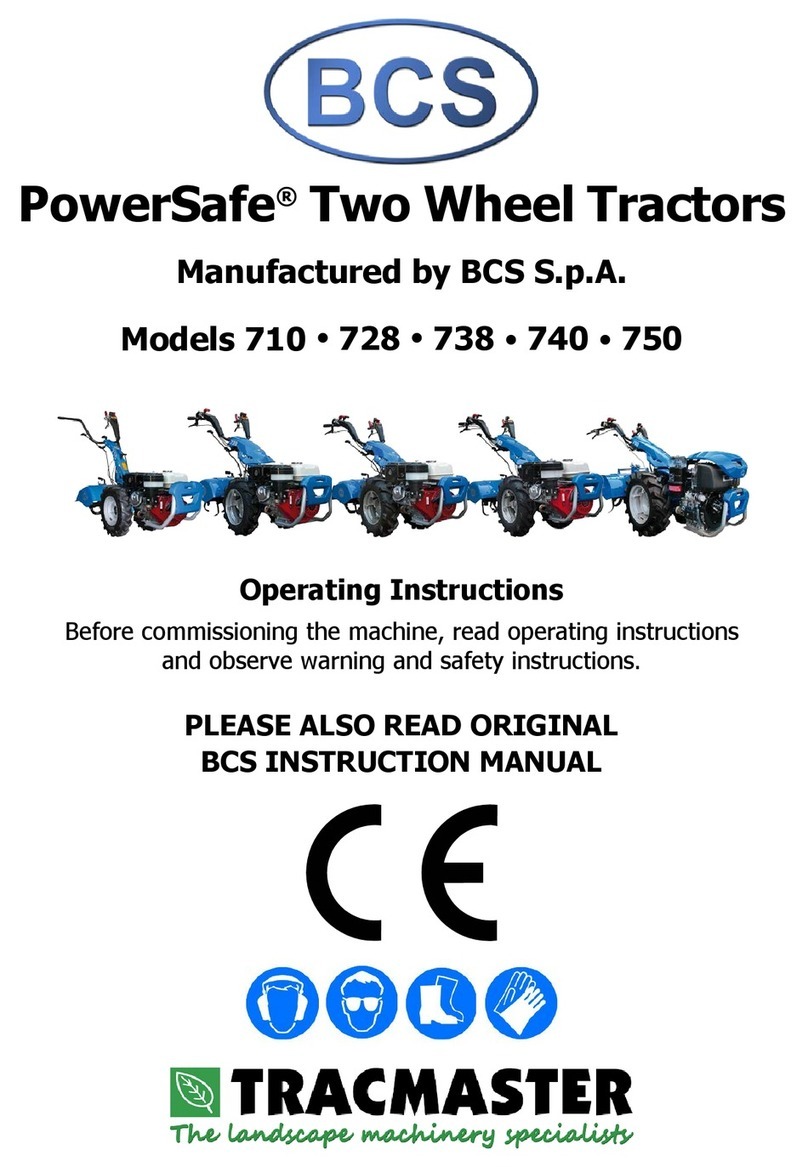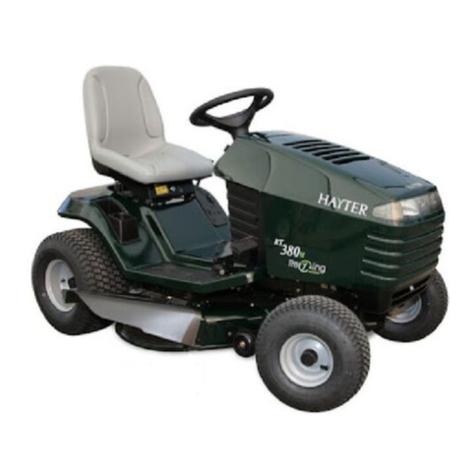
EIBIIE All! FIIEI. SYSTEM
Use clean fuel and keep it clean. The use of
funnels, cans and drums is not recommended
because they are difficult to keep clean.
Allow space for fuel expansion when adding
fuel to the tank. Atank filled to capacity may
overflow if exposed to arise in temperature or
direct sunlight.
Before starting the engine. check the fuel
tank cap to be certain it is tightened com‑
pletely against the stop.
ENGINE OIL
The engine crankcase is filled with ship-away
oil. This oil may be used for the first 5hours of
engine operation at temperatures between
+90 degrees F. and 0degrees F. If tem‑
peratures are not within this range, drain the
oil from the crankcase and replace with new
oil as specified in the “LUBRICATION
TABLE”. The engine oil must be drained and
replaced with new oil every 30 hours of
engine operation.
To aid starting, the selection of crankcase
lubricating oils should be based on the lowest
anticipated temperatures until the next drain
period.Refer to “LUBRICATION TABLE”.
We recommend j-l Low Ash Engine Oil for
gasoline engines. lH Low Ash Engine Oil
exceeds API Service Classification SE it is
specifically designed for heavy duty service
in gasoline engines, and is formulated to
minimize metallic deposits, lengthen spark
plug and valve life. IH Low Ash Oil used with
unleaded gasoline is the ideal combination to
maintain performance and extend engine life.
If other than IH Low Ash Engine Oil is used it
must meet API Service Classification SE. For
maximum engine life select API SE oils with
lowest levels of barium, calcium, or mag‑
nesium additives and minimum ash content
(approximately 0.5%). Lubricant suppliers will
normally furnish this information on their
engine oils.
Multi-viscosity numbered oils such as SAE
1ow-3o or SAE 10W-40 must not be used
above 32 degrees Fahrenheit.
Regularly check the oil level of the engine
crankcase to see that it is filled to the correct
level. NOTE: Check the oil level only while the
engine is stopped.
Always keep the oil level between the “FULL”
and the “LOW” marks on the gauge. When
checking the oil level the gauge must be with‑
drawn and wiped clean, then inserted all the
way and withdrawn for atrue reading.
Filling the Crankcase
To fill the crankcase with oil, place the tractor
on alevel surface. Clean the area around oil
flll plug before removing.
Remove oil filler plugand fill crankcase to the
full mark on oil level gauge. (Capacity 3pints).
Check oil level on oil level gauge before
adding more oil. Wipe off oil level gauge
before inserting it all the way into the tube,
then remove oil level gauge and check oil
level. DO NOT OVERFILL Oil level gauge
must be pushed fully into tube at all times
when engine is operating.
NOTE: Never overfill the engine crankcase.
Engine may overheat and/or damage may
result if the crankcase is below the “LOW"
mark or over the “FULL" mark. For oil
capacity refer to the “SPECIFICATION” and
“LUBRICATION TABLE” section.
FUEL SHUT-OFF VALVE
Be sure the shut-off valve under the fuel tank
is open.
To turn the fuel on, turn the knob coun‑
terclockwise to the stop.
To turn the fuel off, turn the knob clockwise
until it is tight.
0
EIBIIE All! FUEL SYSTEM
Use clean fuel and keep it clean. The use of
funnels, cans and drums is not recommended
because they are difficult to keep clean.
Allow space for fuel expansion when adding
fuel to the tank. Atank filled to capacity may
overflow if exposed to arise in temperature or
direct sunlight.
Before starting the engine. check the fuel
tank cap to be certain it is tightened com‑
pletely against the stop.
ENGINE OIL
The enginecrankcase is filled with ship-away
oil. This oil may be used for the first 5hours of
engine operation at temperatures between
+90 degrees F. and 0degrees F. If tem‑
peratures are not within this range, drain the
oil from the crankcase and replace with new
oil as specified in the “LUBRICATION
TABLE”. The engine oil must be drained and
replaced with new oil every 30 hours of
engine operation.
To aid starting, the selection of crankcase
lubricating oils should be based on the lowest
anticipated temperatures until the next drain
period. Refer to “LUBRICATION TABLE".
We recommend j-l Low Ash Engine Oil for
gasoline engines. lH Low Ash Engine Oil
exceeds API Service Classification SE It is
specifically designed for heavy duty service
in gasoline engines, and is formulated to
minimize metallic deposits, lengthen spark
plug and valve life. IH Low Ash Oil used with
unleaded gasoline is the ideal combination to
maintain performance and extend engine life.
If other than IH Low Ash Engine Oil is used it
must meet API Service Classification SE. For
maximum engine life select API SE oils with
lowest levels of barium, calcium, or mag‑
nesium additives and minimum ash content
(approximately 0.5%). Lubricant suppliers will
normally furnish this information on their
engine oils.
I4
Multi-viscosity numbered oils such as SAE
1OW-30 or SAE 10W-40 must not be used
above 32 degrees Fahrenheit.
Regularly check the oil level of the engine
crankcase to see that it is filled to the correct
level. NOTE: Check the oil level only while the
engine is stopped.
Always keepthe oil level between the “FULL”
and the “LOW" marks on the gauge. When
checking the oil level the gauge must be with‑
drawn and wiped clean, then inserted all the
way and withdrawn for atrue reading.
Filling the Crankcase
To fill the crankcase with oil. place the tractor
on alevel surface. Clean the area around oil
fill plug before removing.
Remove oil filler plugand fill crankcase to the
full mark on oil level gauge. (Capacity 3pints).
Check oil level on oil level gauge before
adding more oil. Wipe off oil level gauge
before inserting it all the way into the tube,
then remove oil level gauge and check oil
level. DO NOT OVERFILL Oil level gauge
must be pushed fully into tube at all times
when engine is operating.
NOTE: Never overfill the engine crankcase.
Engine may overheat and/or damage may
result if the crankcase is below the ”LOW”
mark or over the “FULL” mark. For oil
capacity refer to the “SPECIFICATION” and
“LUBRICATION TABLE” section.
FUEL SHUT-OFF VALVE
Be sure the shut-off valve under the fuel tank
is open.
To turn the fuel on, turn the knob coun‑
terclockwise to the stop.
To turn the fuel off, turn the knob clockwise
until it is tight.
Q
G
I





















